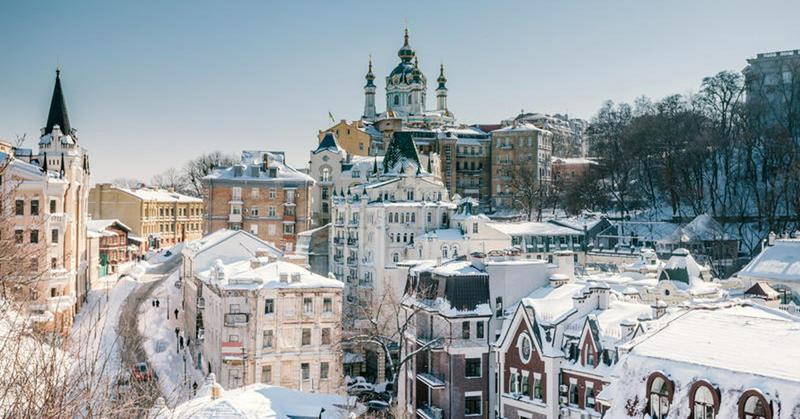Fast Facts About Ukraine
By | February 27, 2022

What's In A Name?
There's a lot of history behind the name of Ukraine, as it's believed to be an old Slavic term for "borderland." It does indeed have many borders, sharing them with Romania, Moldova, Hungary, Slovakia, Poland, Belarus, and of course, Russia. Only the southern border of Ukraine, which is open to the Black Sea, is not shared with another country. During its time in the Soviet Union, the country was often referred to as "the Ukraine" because it was viewed by Russia as one part of a greater whole, but since 1991, such usage has sometimes been considered insulting.

Big Country
Covering 233,031 square miles, Ukraine is the largest country on the European continent (Russia doesn't count because it's in both Europe and Asia) and the eighth-most populous, with over 43 million inhabitants. Unsurprisingly, a nation so large with so many borders has had issues with independence; prior to the fall of the Soviet Union, it got only a taste of freedom between 1918 and 1920. In the intervening years, it was partially ruled by Poland, Czechoslovakia, and Romania.
Bread What Now?
Ukraine is sometimes referred to as the "breadbasket of Europe," as its rich soil and plentiful, fertile fields are ideal for crop farming. It is estimated to be able to feed 600 million people and was responsible for 25% of food manufacturing during its time in the U.S.S.R. In fact, Ukraine is set to become even more powerful when it comes to agriculture, as the government recently allowed for privatized buying and selling of farmland, the "first step toward bigger, more efficient farming."

Save The Bees
As you're surely aware of the ongoing plight of the bees, you should be grateful to Ukrainian apiary all-star Petro Prokopovych. He invented the hive frame for human-made beehives, which allowed him to easily remove, inspect, and harvest honey without smoking the bees out, as required by the previously favored method, which had the unfortunate side effect of killing the bees. Beekeepers still use the same technology to prevent colony collapse, a major threat to the environment.
Stranger Than Fiction
Sixth President of Ukraine Volodymyr Zelenskyy took an unusual road into politics. He began his career as a comedian, and as recently as 2019, he actually played the fictional president of Ukraine, once a humble history teacher who was elected after his rant about state corruption went viral on the internet, on a T.V. show called Servant Of The People. In an eerily similar twist of fate, Ukrainians found Zelenskyy so endearing that the show formed a real political party called Servant Of The People and got him elected to the real office the same year. Three years later, Zelenskyy captured the world's attention after the Russian invasion of Ukraine when he vowed to stay and fight, responding to many nations' offers of evacuation assistance, "The fight is here; I need ammunition, not a ride."

